Medication reconciliation is a term used in healthcare that describes the process of comparing a patient’s medication orders in a healthcare institution (hospital or nursing home) to what the patient has been prescribed and taking at home.
The purpose of this short column is to point out that many times patients are admitted to an institution, sometimes in an emergency, and it is difficult to determine what medications have been taken at home. Often when asked about their medic
ations the response is “I take a blood pressure drug, a blood thinner, something for cholesterol, and something occasionally for arthritis pain.”
Just those four categories of medications probably describe several dozen, if not more, potential medications. What is needed is an exact listing of the medications with their dose (strength), how often they are taken, and when they are taken.
The perfect list of medications would be an official one from the patient’s primary care physician or provider. However, often what is presented at the institution is a handwritten list with the barest of information.
I am suggesting in this short column that a person, each time they see their primary care physician, request a current list of their medications with doses and instructions, to be printed for them or even emailed to them for reference in case of an emergency.
This list would also be helpful to take to their pharmacist for comparison to what the pharmacy has on file in their computer profile. In this way, the pharmacist could request a prescription to be there at the pharmacy before it is needed, if there have been changes to the drug, dose, or how often the medication is taken. In addition, the pharmacist may want to notify the primary care physician of other medications that have been prescribed that are not on the primary care physician's record.
This brings up another important aspect: sometimes other physicians (specialists or emergency department physicians) have prescribed medication for a patient and the primary care physician is unaware and would need to know this addition, even if temporary, for a complete listing of medications.
It is vital that medication regimens be accurate as patients transition between healthcare environments as a matter of safety and proper medication administration. Keep the list handy or scan it into your computer for ready reference.
I hope this column was informative; prosper and be in health.
* * *
William Garst is a consultant pharmacist who lives in Alachua, Florida. He is semi-retired and works part time at Lake Butler Hospital in Lake Butler, Florida. William received his pharmacy degree at Auburn University and a Doctor of Pharmacy from Colorado University. The Pharmacy Newsletter is a blog where you can find other informative columns. He may be contacted at garstcph@gmail.com.
# # #
Email editor@
alachuatoday.com
Medication reconciliation is a term used in healthcare that describes the process of comparing a patient’s medication orders in a healthcare institution (hospital or nursing home) to what the patient has been prescribed and taking at home.
The purpose of this short column is to point out that many times patients are admitted to an institution, sometimes in an emergency, and it is difficult to determine what medications have been taken at home. Often when asked about their medic ations the response is “I take a blood pressure drug, a blood thinner, something for cholesterol, and something occasionally for arthritis pain.”
ations the response is “I take a blood pressure drug, a blood thinner, something for cholesterol, and something occasionally for arthritis pain.”
Just those four categories of medications probably describe several dozen, if not more, potential medications. What is needed is an exact listing of the medications with their dose (strength), how often they are taken, and when they are taken.
The perfect list of medications would be an official one from the patient’s primary care physician or provider. However, often what is presented at the institution is a handwritten list with the barest of information.
I am suggesting in this short column that a person, each time they see their primary care physician, request a current list of their medications with doses and instructions, to be printed for them or even emailed to them for reference in case of an emergency.
This list would also be helpful to take to their pharmacist for comparison to what the pharmacy has on file in their computer profile. In this way, the pharmacist could request a prescription to be there at the pharmacy before it is needed, if there have been changes to the drug, dose, or how often the medication is taken. In addition, the pharmacist may want to notify the primary care physician of other medications that have been prescribed that are not on the primary care physician's record.
This brings up another important aspect: sometimes other physicians (specialists or emergency department physicians) have prescribed medication for a patient and the primary care physician is unaware and would need to know this addition, even if temporary, for a complete listing of medications.
It is vital that medication regimens be accurate as patients transition between healthcare environments as a matter of safety and proper medication administration. Keep the list handy or scan it into your computer for ready reference.
I hope this column was informative; prosper and be in health.
* * *
William Garst is a consultant pharmacist who lives in Alachua, Florida. He is semi-retired and works part time at Lake Butler Hospital in Lake Butler, Florida. William received his pharmacy degree at Auburn University and a Doctor of Pharmacy from Colorado University. The Pharmacy Newsletter is a blog where you can find other informative columns. He may be contacted at This email address is being protected from spambots. You need JavaScript enabled to view it..
# # #
Email editor@
alachuatoday.com




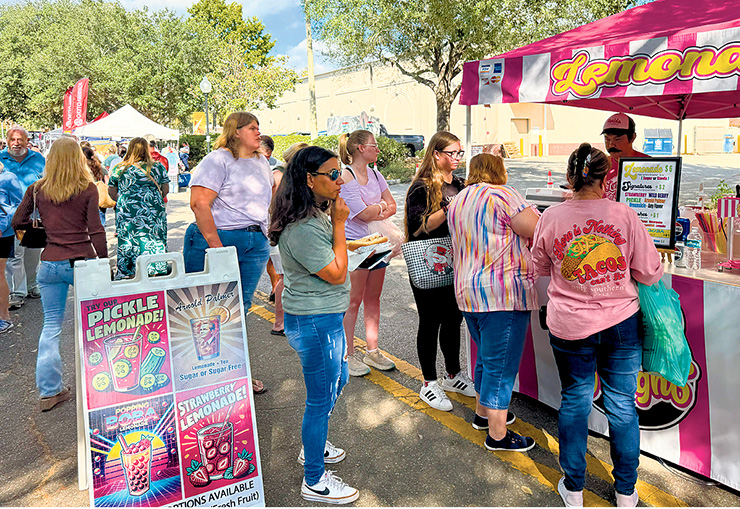
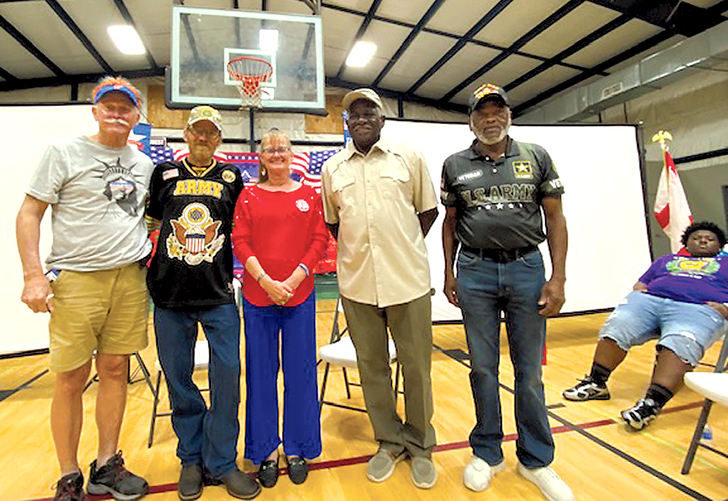
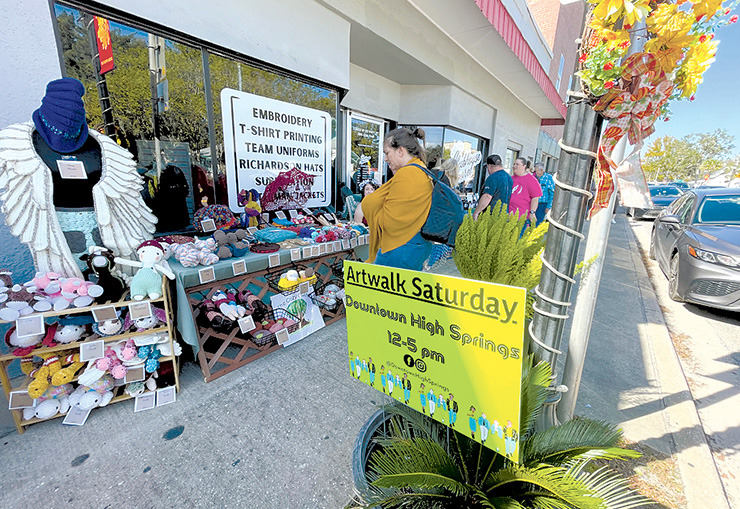
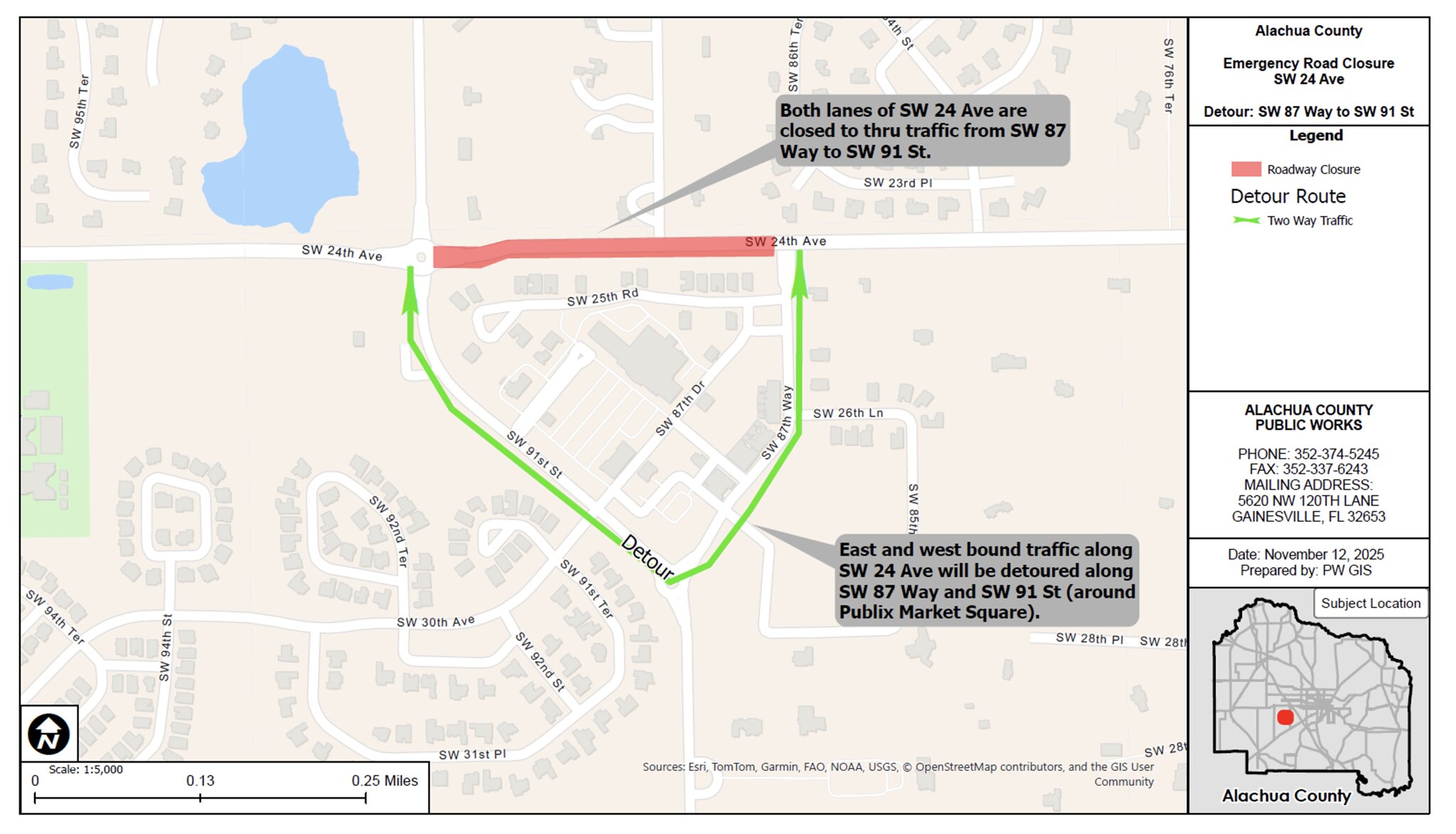



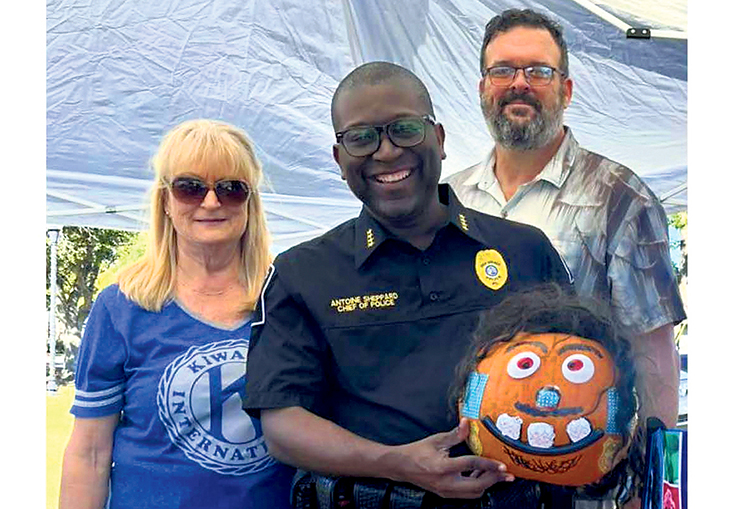



 Everyone taking prescription medications should be aware of essential safety practices. Here are six tips to help ensure you are taking your medicine correctly and safely:
Everyone taking prescription medications should be aware of essential safety practices. Here are six tips to help ensure you are taking your medicine correctly and safely:

